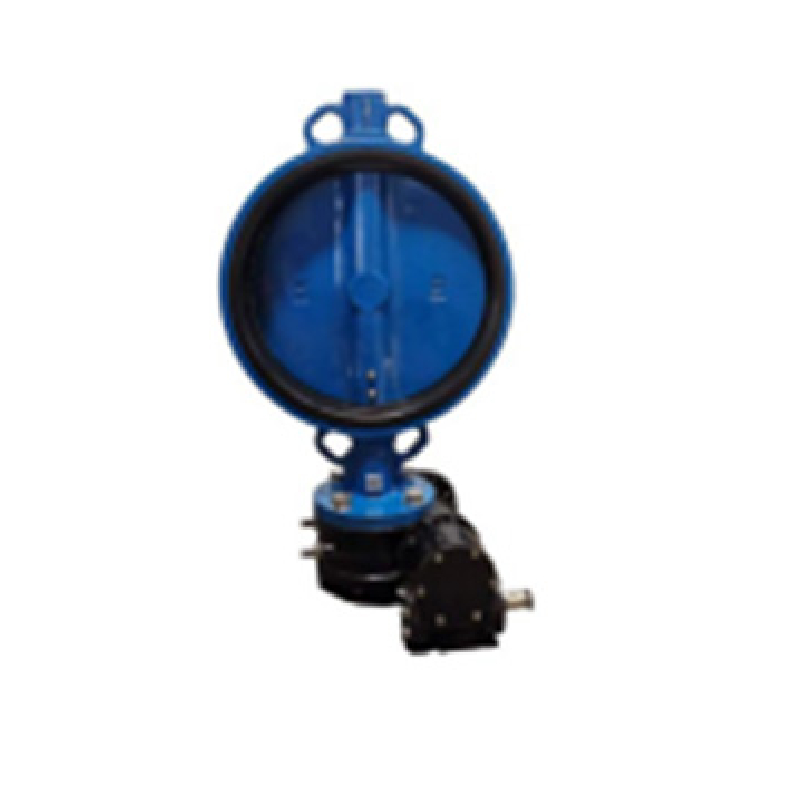Sep . 24, 2024 19:54 Back to list
rubber expansion joint
Understanding Rubber Expansion Joints A Comprehensive Overview
Rubber expansion joints are essential components in various industrial applications, providing critical flexibility and movement absorption in piping systems. These joints are designed to accommodate thermal expansion, vibration, and misalignment, ensuring the longevity and efficiency of the entire system. In this article, we will explore the construction, types, applications, benefits, and maintenance of rubber expansion joints.
Construction of Rubber Expansion Joints
Rubber expansion joints are typically composed of multiple layers of rubber and fabric, which give them the flexibility and strength needed to perform under various conditions. They generally consist of an inner rubber layer, which is in contact with the fluid, a reinforcing layer made of synthetic or natural fibers, and an outer protective layer. The combination of these materials allows for excellent resistance to pressure and temperature changes, making them suitable for a wide range of media, including water, steam, oil, and chemicals.
The design of rubber expansion joints can vary significantly based on the intended application. For instance, some joints are designed with a single arch, while others may feature multiple convolutions. The shape and configuration of the joint play a crucial role in determining its flexibility and the amount of movement it can accommodate.
Types of Rubber Expansion Joints
Rubber expansion joints can be categorized into several types based on their construction and intended use
1. Axial Expansion Joints These joints are primarily used to absorb axial movement in pipelines. They allow for extension and compression along the length of the joint.
2. Lateral Expansion Joints Designed to accommodate lateral (side-to-side) movements, these joints are essential in systems where shifts and misalignments occur.
3. Angular Expansion Joints These joints can handle angular misalignments and are ideal for systems where pipes may not be perfectly aligned.
4. Universal Expansion Joints These joints combine the functionality of axial, lateral, and angular joints, allowing for multi-directional movement.
Each type of rubber expansion joint is designed to address specific challenges in fluid transport and plays a vital role in maintaining system integrity.
Applications of Rubber Expansion Joints
Rubber expansion joints are used across a wide array of industries
. Some of the most common applications includerubber expansion joint

- Water Treatment Plants In these facilities, rubber expansion joints help manage thermal expansion and minimize vibrations in piping systems, contributing to safer operation and reducing wear and tear.
- HVAC Systems In heating, ventilation, and air conditioning systems, these joints accommodate movements due to temperature changes, ensuring efficient operation.
- Chemical Processing Rubber expansion joints are resistant to various chemicals and are used in processing plants to handle aggressive substances without degrading.
- Power Generation In power plants, these joints are critical in steam lines to absorb vibrations caused by cyclic loading, extending the life of the system.
Benefits of Rubber Expansion Joints
The use of rubber expansion joints offers numerous advantages, including
- Flexibility The inherent flexibility of rubber allows for the absorption of thermal expansion, vibrations, and misalignments without causing stress on the connecting pipes.
- Durability High-quality rubber can resist wear and tear, as well as UV rays and ozone exposure, leading to a longer service life compared to other materials.
- Noise Reduction Rubber expansion joints can significantly reduce noise and vibrations in piping systems, creating a quieter work environment.
- Ease of Installation These joints are relatively easy to install, requiring less labor and time compared to rigid fittings.
Maintenance of Rubber Expansion Joints
While rubber expansion joints are designed for durability, regular maintenance is essential to ensure their longevity. Periodic inspections should be conducted to check for signs of wear, such as cracking, bulging, or material degradation. It's also vital to monitor the alignment of connected pipes to prevent undue stress on the joints.
In conclusion, rubber expansion joints are a fundamental part of modern piping systems, providing essential flexibility and helping to mitigate potential issues that arise from temperature fluctuations and physical stress. With their variety of designs and wide applications, these joints are integral to the smooth operation of many industrial processes. Regular maintenance and careful selection based on application needs will ensure that rubber expansion joints perform reliably for years to come.
Share
-
Reliable Wafer Type Butterfly Valves for Every IndustryNewsJul.25,2025
-
Reliable Flow Control Begins with the Right Ball Check ValveNewsJul.25,2025
-
Precision Flow Control Starts with Quality ValvesNewsJul.25,2025
-
Industrial Flow Control ReliabilityNewsJul.25,2025
-
Engineered for Efficiency Gate Valves That Power Industrial PerformanceNewsJul.25,2025
-
Empowering Infrastructure Through Quality ManufacturingNewsJul.25,2025